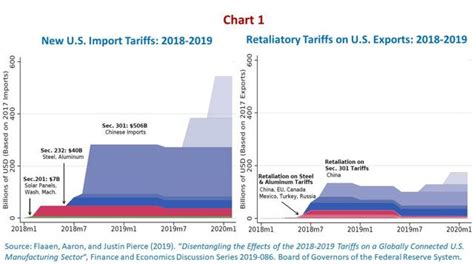President Trump has ignited a fervent debate with his bold move to impose tariffs on an unprecedented scale, aiming to breathe new life into American manufacturing. The implications of this decision ripple far and wide, sparking discussions about the feasibility of revitalizing the nation’s industrial prowess in today’s vastly transformed economic landscape.
In the heyday of American manufacturing post-World War II, millions found employment in this sector, propelling the country to global prominence as a major producer of automobiles, aircraft, and steel. However, as we ventured into the 21st century, a significant shift occurred. A combination of factors such as globalization and technological advancements gradually reshaped the economic fabric of the United States.
The narrative now revolves around a service-dominated economy where jobs span from high-paying professions to low-wage gigs. This transition has not been without consequences for many regions that once thrived on manufacturing activities. These areas find themselves grappling with economic challenges and represent crucial constituencies within President Trump’s support base.
Over the past decade, protectionist policies have been gaining momentum across different administrations, culminating in President Trump’s tariff strategy aimed at recalibrating America’s trade dynamics. His recent announcement marked a decisive departure from decades-long advocacy for liberalized global trade that gained bipartisan support starting in the 1980s.
Expert Insight:
Industry analysts view Trump’s tariffs as a double-edged sword; while they may protect domestic industries from foreign competition, they also risk triggering retaliatory measures that could harm U.S. exports.
As pundits dissect the potential impact of these tariffs on various sectors and international relations, questions linger about their effectiveness in reviving American manufacturing or merely fueling further economic uncertainties globally. The juxtaposition between protectionism and free trade ideologies serves as a backdrop to this pivotal moment in U.S. economic policy.
Amidst ongoing debates and uncertainties surrounding the future trajectory of American manufacturing under the shadow of tariffs, one thing remains clear – President Trump’s gambit has set into motion a series of events that will shape not only domestic industries but also reverberate across international markets.
With both critics and proponents closely watching how this high-stakes gamble unfolds, only time will reveal whether this ambitious endeavor heralds a renaissance for U.S. manufacturing or charts an entirely different course for America’s economic narrative amidst evolving global realities.



Leave feedback about this